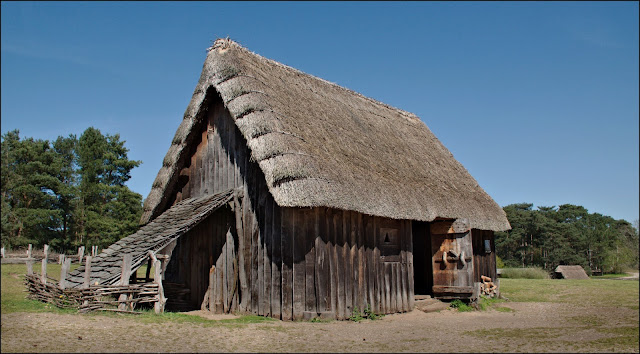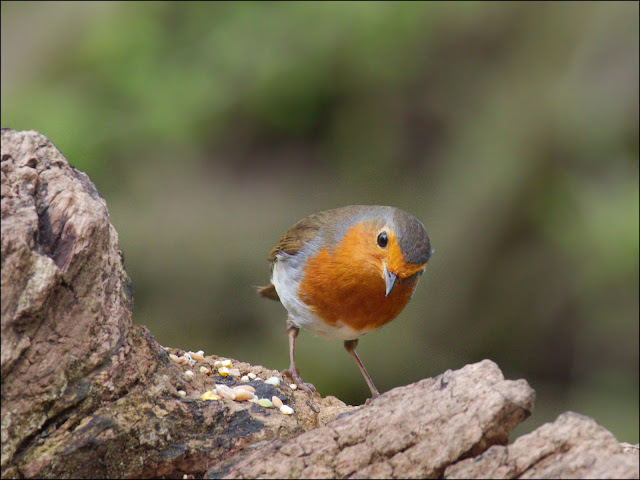Last time I was with you, you may remember, I was peering into prickly bushes. For this post I'm crouching, kneeling and sometimes rolling around in a wet field. It takes all sorts.
I had closed the back door, jumped on my bike and pedalled a mile-and-a-half through the village to a small, badly-drained meadow, where I locked my bike to a fence and wandered off with my camera. At least I was alone this time and Les didn't have to put up with my ridiculous behaviour.
They are not rare or unusual flowers, but I happen to like 'em! And that's a good enough reason for me to be out taking photographs on what started as a foggy morning and is forecast to turn into a cloudy day.
There's some brightness penetrating the clouds though, so if I want to make the most of the sparkling dew I'd best get a move on.
Cowslips are traditionally associated with this time of year and were always picked for May Day garlands. They're also known as St Peter's Keys, from their supposed resemblance to a bunch of golden keys.
Although this meadow is quite waterlogged, the cowslips tend to grow on the drier parts. And the sun is coming out and beginning to dry out the morning dew.
🎜 Sweet Celandine, good times never seemed so good 🎜
But these are the other wild flowers that always go together in my mind with cowslips - Lady's Smock. I once heard it called Milkmaids and have never been able to get that name out of my mind. They don't "go together" in nature however; Lady's Smock preferring the wetter parts.
A small bee was fuelling up on nectar. There were also a few butterflies on the wing as the morning grew warmer. I hope that one will visit a flower near me - it's rarely any use chasing after them.
A flicker of yellow announced that a male Brimstone had just alighted nearby. Even its tiny weight was enough to bend the flower stalk.
Just one more shot of the cowslips, then I'd better be going home. Ah, here's where I left my bicycle.
Take care.

























































